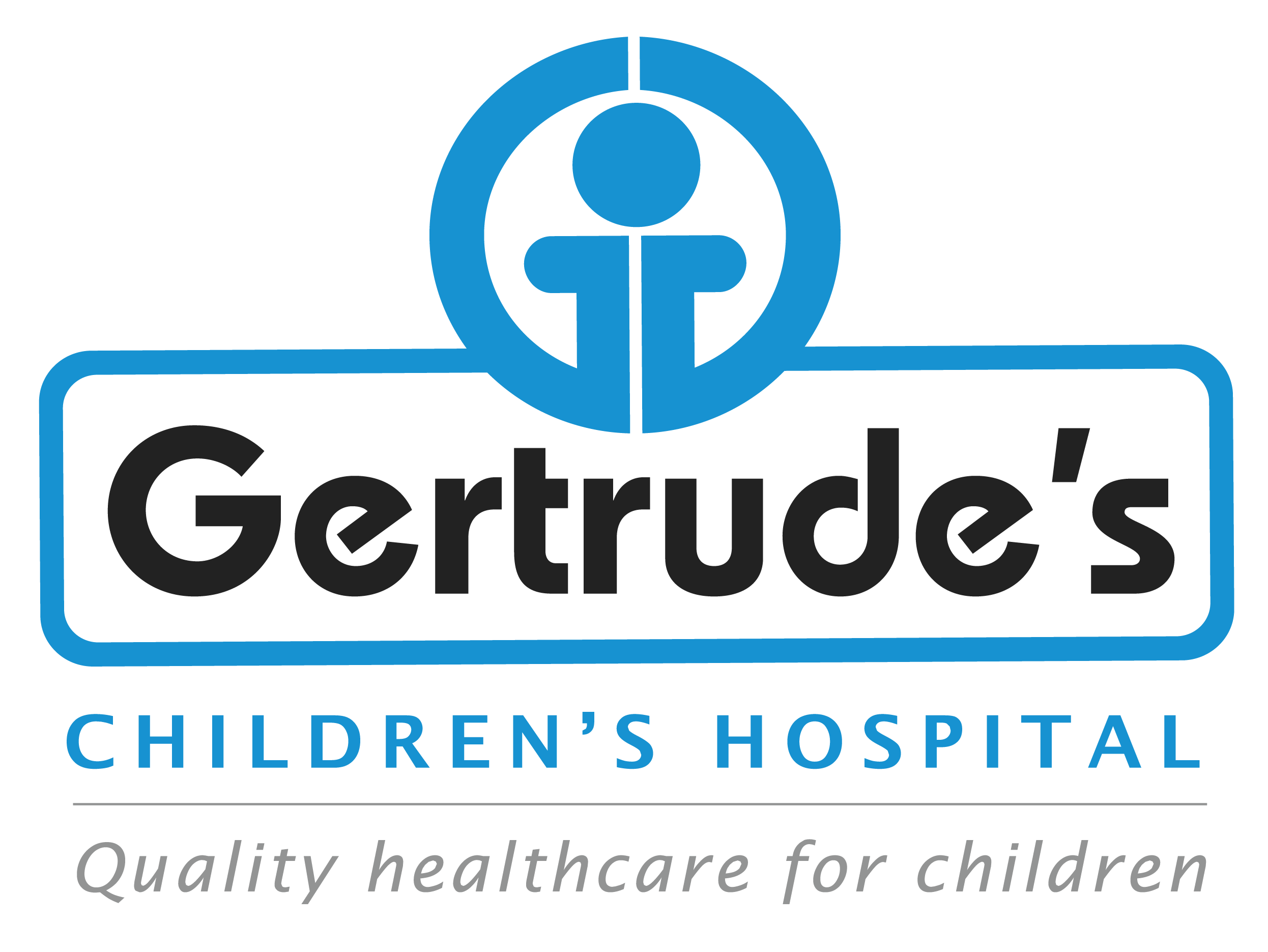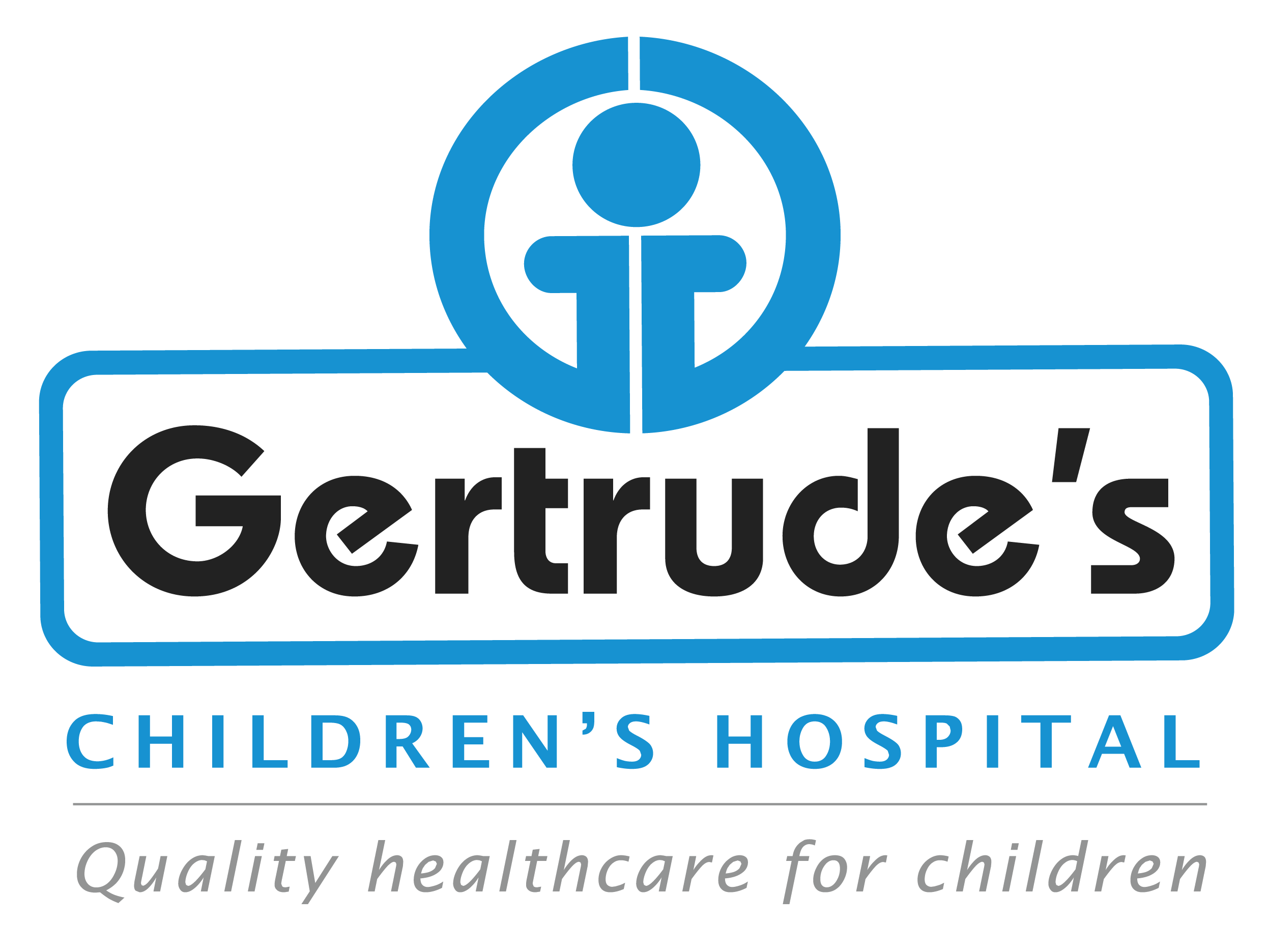Hemophilia is a rare condition that affects the way blood clots. People with hemophilia may bleed more easily or for a longer time after getting hurt or having surgery. They may also experience unexpected bleeding into their joints and muscles. It’s very important to diagnose hemophilia early and get the right treatment so that children with the condition can stay healthy and active.
Symptoms
- Prolonged Bleeding: Extended bleeding after cuts, dental procedures, or surgeries.
- Frequent Nosebleeds: Nosebleeds that are difficult to stop.
- Easy Bruising: Large or deep bruises from minor injuries.
- Joint Bleeding: Swelling, pain, or tightness in the joints, especially the knees, elbows, and ankles, due to internal bleeding.
- Muscle Bleeding: Swelling and pain in muscles from internal bleeding, often after an injury or without any apparent cause.
- Blood in Urine or Stool: Indications of internal bleeding in the digestive or urinary system.
Causes
- Hemophilia A: This type is caused by a lack of a protein called factor VIII, which helps our blood to clot.
- Hemophilia B: This type is caused by a lack of a protein called factor IX, which also helps our blood to clot.
Diagnosis
- Family History Review: Discussing any family history of bleeding disorders.
- Blood Tests: Measuring the level of clotting factors in the blood to confirm the diagnosis and determine the type and severity of hemophilia.
- Genetic Testing: Identifying the specific gene mutation responsible for hemophilia can help guide treatment and family planning.
Treatment Options
- Clotting Factor Replacement Therapy: Regular infusions of clotting factors to prevent or control bleeding episodes.
- Desmopressin (DDAVP): A medication used to increase the levels of clotting factor VIII in mild cases of hemophilia A.
- Antifibrinolytic Medications: These drugs help prevent the breakdown of clots and are often used during dental work or minor surgery.
- Physical Therapy: Helps manage joint damage and improve mobility.
- Comprehensive Care Plans: A personalized care plan that includes regular check-ups, emergency treatment protocols, and lifestyle adjustments to prevent injuries and manage bleeding episodes.
Why Choose Us
Expert team
Our pediatric specialists have extensive experience in treating children.
Personalized care
We create treatment plans that fit each child’s unique needs
Support and education
We teach children and families how to care for them and prevent future cases
Advanced treatments
Access to the latest treatments and products
Frequently Asked Questions
Q: What activities are safe for a child with hemophilia?
A: While contact sports should be avoided, many other activities, such as swimming, walking, and biking, are safe and beneficial for children with hemophilia. Always consult with your child’s healthcare provider before starting any new activity.
Q: How can I prevent bleeding episodes in my child?
A: Regular clotting factor infusions, avoiding high-risk activities, and creating a safe home environment can help prevent bleeding episodes. Your healthcare provider will guide you on the best practices for your child.
Q: Is hemophilia curable?
A: There is currently no cure for hemophilia, but with proper treatment and management, children with hemophilia can lead healthy and fulfilling lives.
Contact
Please feel free to contact us with any general or medical enquiry by calling us.





